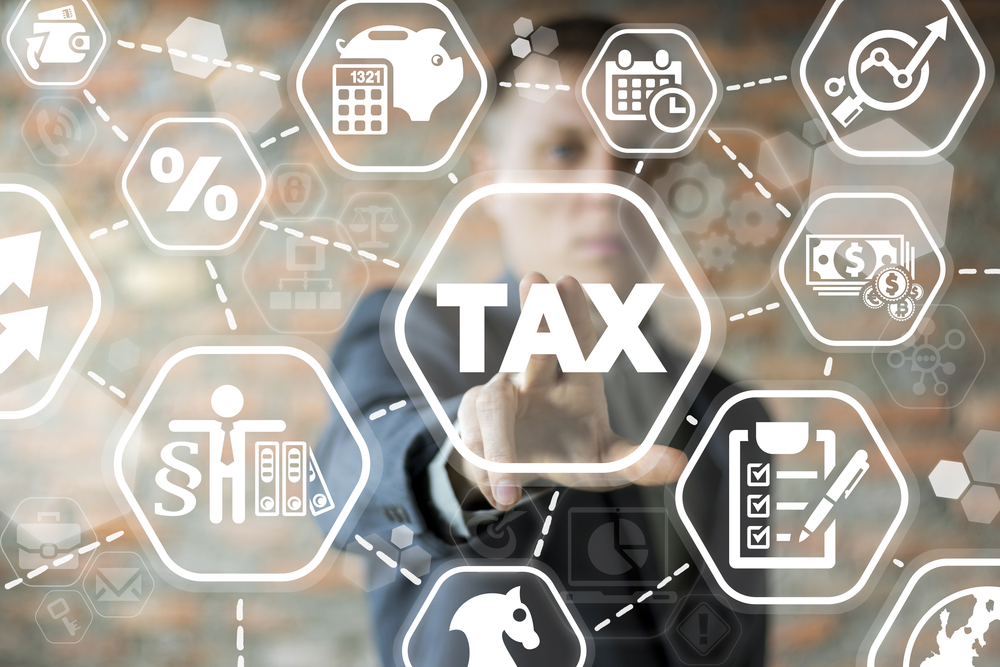Welcome to the nation’s most expensive market, where $800,000+ gets you the average. As of November 2024, Redfin reported the average median home price up 4% from $827,100 to $827,100. Life’s most significant expense tends to be taxes. If you’re purchasing a home in California, it will be the monthly payment of $4,411 at today’s 7% interest rate, which likely becomes second. Once you get over the price shock, gather your senses and expect more to come. Understanding the tax system as a first-time homebuyer can be complicated. Still, this guide will give you a rundown on one of the Golden State’s surprises- the supplemental property tax bill.
What is California’s Supplemental Property Tax?
The tax system varies from state to state, and in California, a unique aspect of the housing system is supplemental property taxes. Supplemental property taxes are additional tax liabilities applied when a property is sold and ownership changes. In addition, supplemental taxes are triggered when new construction is reassessed, such as a new home built on previously vacant land or significant renovations. New ownership and added renovations will likely cause the property’s assessed value to rise.
Supplemental property taxes are not recurrently annual bills but are one-time adjustments tied to significant changes in property value.
Imagine you purchase a property where the current annual taxes are $3,000. However, because you bought it higher, the actual taxes should be $10,000 annually. Until the county reassesses the property, you’ll continue paying taxes at the lower rate. Once the reassessment occurs, you’ll receive a supplemental tax bill covering the difference—typically split into two payments. In this example, you can expect a $7,000 supplemental tax bill.
What do supplemental taxes exist?
The skinny: Supplemental taxes were first introduced in 1978 under Proposition 13. These measures addressed property ownership and value in the state, creating a fairer and more equitable property tax system.
Without these taxes, homes reassessed for a higher value (typically after a property is sold) would severely underpay their taxes for the remainder of the year based on the previous assessment. Supplemental taxes bridge the gap by aligning your tax liabilities with your new home’s property value. 
Taxes fund essential government services and supplemental tax systems are crucial for ensuring stable funding for public needs. Education, infrastructure, and medical and other emergency response depend heavily on property tax revenues to function effectively.
The Role of Proposition 13
Proposition 13 revolutionized California’s property tax system by capping annual tax increases at 2% per year of the property’s assessed value at the time of purchase. This created a stabilization of property prices but also created a gap between long-term property owners and new buyers. Counties reassessed the value of properties as ownership changed or underwent significant renovations to reflect the current market value. This system ensured that homeowners paid their fair share of taxes based on the property’s reassessed value, covering the difference between the lower tax rate of the previous owner and the updated market value. 
When and How Are Supplemental Taxes Billed?
Now that we’ve established the basics of supplemental taxes, the next step is understanding when and how they are billed. First-time homebuyers are often surprised to learn they must pay two taxes: one at closing and one a few months later. The first tax is paid at closing, and the second (supplemental tax) is billed directly to the homeowner.
This delay occurs because the county assessor needs time to reassess the property based on the sales price and/or the improvements made. Heads up, supplemental tax bills typically arrive a few months after closing escrow.
Here’s the step-by-step process:
- Property Reassessment: After purchasing your home, the county assessor revalues the property.
- Tax Calculation: The tax collector determines the amount owed between the start date of ownewrship and the end of the fiscal year (June 30) based on the reassessed value.
- Bill Issuance: Keep an eye on your mailbox! You will receive your bill even if you have a mortgage lender manage your regular property taxes with an escrow account.

How Do You Calculate Supplemental Property Taxes?
Step 1: Determine the assessed values
- Old assessed value- previous owner’s assessed value (lower number)
- New Assessed Value: The purchase price of your home (considered fair market value).
New assessed value- Old Assed Value= Supplemental Value
Example
-
- New Assessed Value = $750,000
- Old Assessed Value = $500,000
- Supplemental Value $750,000- $500,000 = $250,000
Step 3: Apply the tax rate
County tax rate: Varies but typically around 1%-1.25%
Example:
$2500,000 x 1.2% = $3,000
Step 4: Prorated for the fiscal year
Adjust the total based on the months remaining in the fiscal year.
Example:
$3,125 ÷ 12 months × 4 months = $1,042
If the closing were on March 1, your supplemental bill would be $1,042, covering the remaining 4 months of the fiscal year.
If you close earlier in the year (e.g., in July), your prorated amount will be higher because more months remain. Again, this supplemental tax bill is in addition to your regular property taxes, not through your lender, and is billed directly to you.
Tips for Managing Supplemental Taxes
Savings plan: The key to budgeting is preparation. Since this bill arrives a few months after closing, set aside funds to cover any potential gap between what you will initially pay and your actual liability.
- Estimate early- Work with your lender to get a projected property tax estimate; they should be able to calculate this.
- Create a monthly savings- For example, if you estimate your taxes to be $12,000 and you’re currently paying $300, work on saving the difference of $700 in a dedicated account.
Escrow Account—While your regular property taxes course through an escrow again, you may ask why supplemental taxes are automatically included. Again, these are two separate bills: the supplemental tax bill after closing escrow. However, contact your lender to add these to your escrow if you prefer having this streamlined.
Strategies to Avoid Surprises
Don’t be hit by unexpected bills. Here are a few ideas to avoid being caught off guard by these taxes.
Ask Questions Before You Close
Your escrow company or real estate agent can provide an estimate of potential supplemental taxes. You are working with these parties to be educated throughout the process, and it is their job as real estate professionals to inform you of any potential costs associated with your purchase.
Budget Wisely
Beyond questioning things, have a budget ready for your property taxes. In addition to asking questions, it’s important to budget wisely for property taxes. Ensure you have enough funds to cover the regular and supplemental tax bills when they come due. Remember that property tax rates can change yearly, so be prepared for potential increases or decreases in future tax payments.
Keep Your Contact Info Updated
This is simple, but it can be overlooked. Ensure the county assessor’s office has your correct mailing address to avoid missing bills.
Supplemental Taxes vs. Regular Property Taxes
| Feature | Supplemental Taxes | Regular Property Taxes |
| Frequency | One-time adjustment | Annual |
| Trigger | Change in ownership/value | Based on the current assessed value |
| Billing | Directly mailed to the homeowner | Often included in escrow payments |
Seek Professional Legal and Financial Advise
Understanding Prop 13’s legal framework and how supplemental taxes work is crucial. After this guide you will likely still have questions, consider consulting a tax advisor, real estate agent, or the county assessor’s office. These local professionals are legally obliged to support your journey into homeownership, use them!
Final Thoughts Before Getting the Keys to Your First Home
California’s supplemental property taxes might initially seem confusing, especially for first-time homebuyers, but understanding the process through this guide can help you feel confident in purchasing your first home. Use our tips and guidance to avoid surprises so you can focus on enjoying your new home.
Still have questions or aren’t feeling confident? Reach out to a local tax advisor, speak with your local real estate agent, or, better yet, visit the county assessor’s office or website for more tools and resources!


